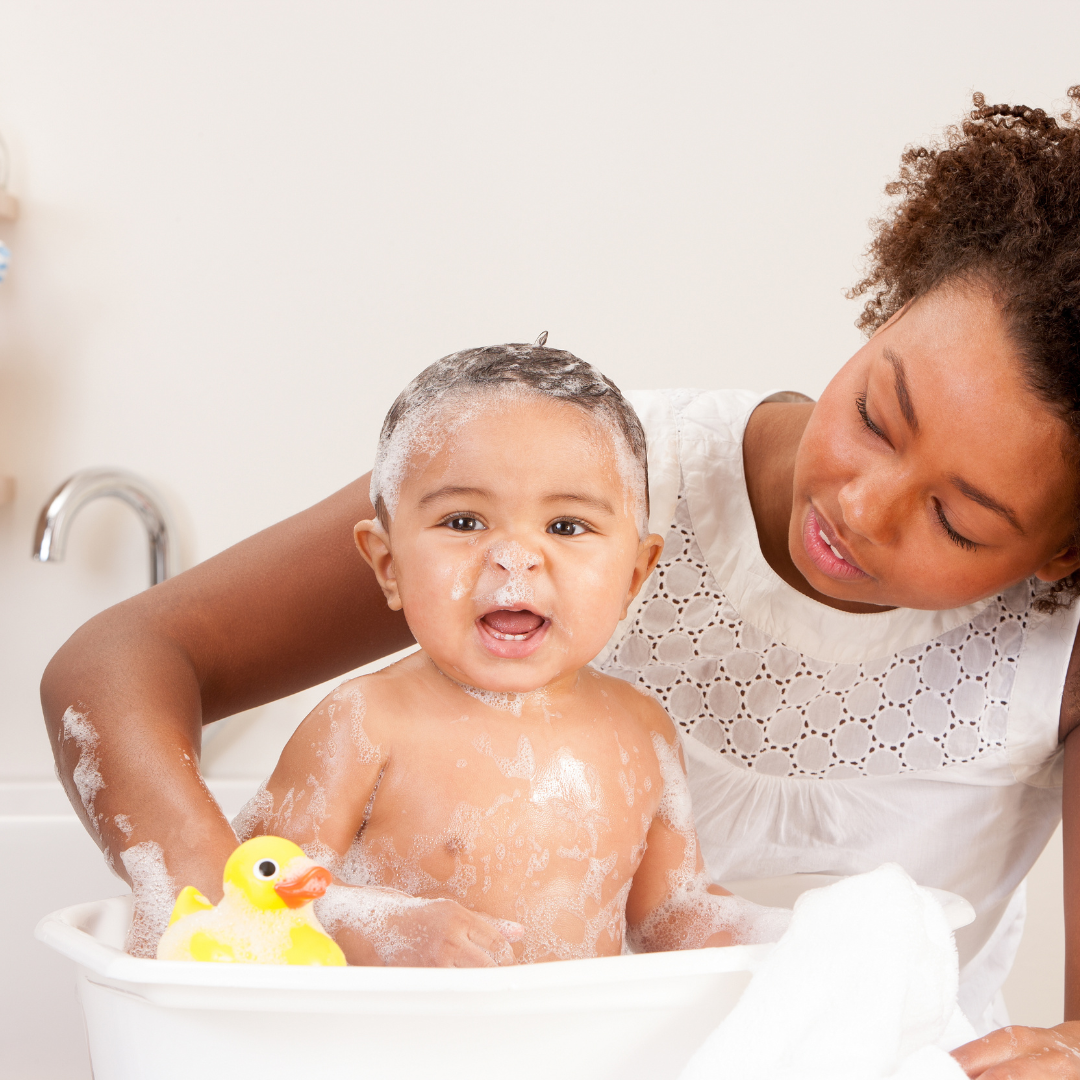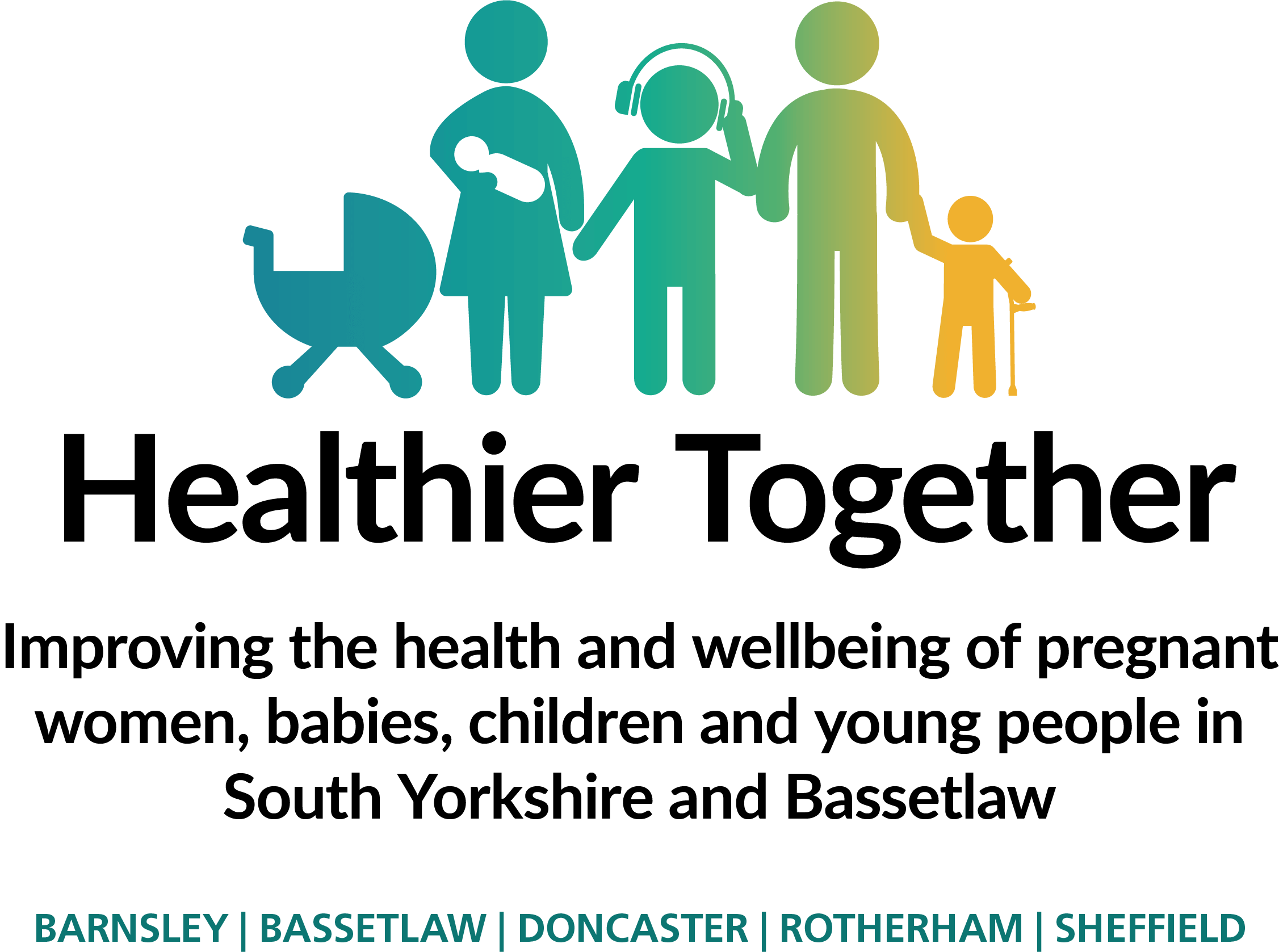Saving this page to a PDF file.
Chrome
Step 1: Click the "Print this page" button. Alternatively, press Ctrl + P (on Mac, use Cmd + P)
Step 2: In the resulting pop-up window, click the Down Arrow to the right of Destination and select Save As PDF in the drop-down menu. You can also optionally choose to hide 'Headers and Footers' with a checkbox.
IE/Edge
Step 1: Click the "Print this page" button. Alternatively, press Ctrl + P (on Mac, use Cmd + P)
Step 2: On the following dialog, under Printer, choose 'Microsoft Print to PDF'
Click 'Print' and you have saved your webpage to a PDF file.
Drowning

Be safe around baths
Babies can drown in as little as 5cm (two inches) of water. Drowning is one of the commonest causes of child death – it’s often silent, so you won’t necessarily hear any noise or struggle.
Baths are the commonest place for babies and young children to drown.
- Stay with your baby or toddler the whole time they're in the bath.
- Never leave them for a moment, even if there’s an older brother or sister in the bath with them.
- If you use a bath seat, remember that it’s not a safety device. You still need to stay with your baby all the time.
- Empty the bath as soon as you’ve taken your child out.
Outside - Playing Safely
- If you have a garden pond, fence it off, fill it in or securely cover it.
- Put covers on any large water butts or garden bins.
- Watch toddlers when they're in a paddling pool or playing near water. Empty the paddling pool straight after use.
- Make sure your garden is secure so that your child can’t get into neighbouring gardens, where there may be ponds or other drowning hazards.
- As soon as they are old enough, teach them about water safety and to swim.
Check out additional informationon water safety with Child Accident Prevention Trust.




